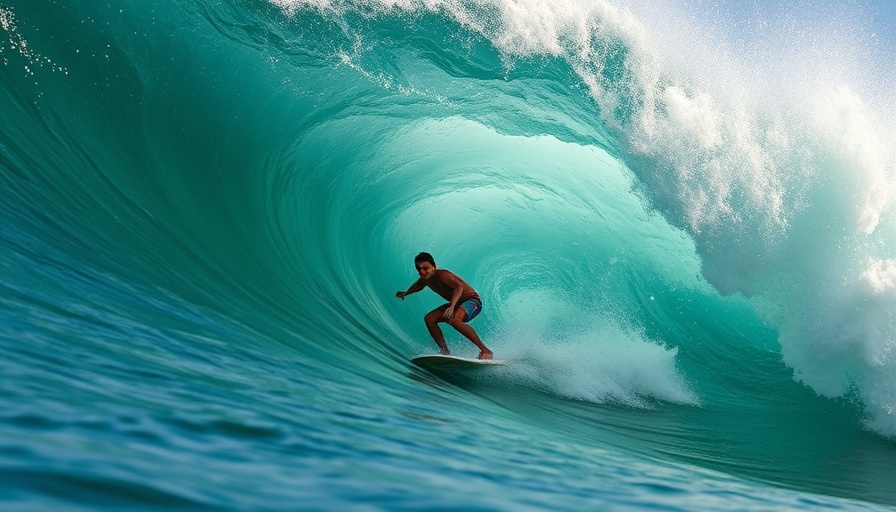
Surfing with Epilepsy: Risk vs Reward
Surfing is not just a sport; it’s a communion with nature, a dance with the waves that offers solace and exhilaration. Yet, for those living with epilepsy, this connection comes with significant risks. Epilepsy is a neurological condition characterized by unpredictable seizures, which can deeply impact a person's life – and when you're in the water, the stakes are even higher.
Understanding Epilepsy and Its Impact on Surfers
Globally, about 50 million people – roughly 1 in 150 – are living with epilepsy. This condition doesn't discriminate against surfers. If we consider the global surfing community, estimated at around 20 million, that could mean 150,000 surfers face this challenge. The nature of seizures – whether focal or generalized – can directly affect one's ability to surf safely as seizures can lead to loss of awareness and control.
The causes of epilepsy are varied, with only 50 percent of cases having a determined origin, while the rest could stem from genetics, brain injuries, or infections. Symptoms can range from strange sensations to full body convulsions, impacting a surfer’s water journey in unpredictable ways. The aftermath of seizures can leave individuals in a 'postictal state,' making it crucial for surfers to be hyper-aware of their condition.
Safety in the Water: Precautions and Strategies
Surfers with epilepsy must approach the water with caution and strategize to mitigate risks. Experts recommend several safety measures: never surf alone, keep close to shore, choose gentle breaks, and have a buddy nearby who understands your condition. An anonymous surfer poignantly shared the truth about surfing with epilepsy: 'If you're having a seizure in the ocean, you can basically drown in seconds.' This stark reminder highlights the importance of awareness before entering the water.
Moreover, regular communication with healthcare providers about seizure control and medication is essential. Note that 60-70 percent of individuals achieve seizure control through medication, and lifestyle adjustments can dramatically reduce trigger exposure. This could involve managing stress, ensuring adequate sleep, and staying hydrated.
Weighing the Risks
While some surfers advocate for the thrill of riding waves, they equally acknowledge the existential risks involved. One surfer recalled, 'I always know there is a chance I could die.' Others, however, choose to embrace the unpredictability of both the ocean and their condition. For instance, 'It’s been 11 years, and I'm still around' underscores a resilient spirit that many in the surfing community share.
Therefore, the decision to surf with epilepsy is decidedly personal. Understanding one's condition, embracing safety measures, and communicating openly with surf partners are pivotal in making the waves both thrilling and safe.
The Community's Role
Community plays a vital role in supporting surfers with disabilities, including epilepsy. Friends and fellow surfers must foster an environment wherein discussing health concerns is normalized, allowing people to feel safe and supported while navigating the exhilarating yet potentially dangerous waters. As the surfing community grows more inclusive, the dialogue about health and safety should evolve too.
Final Thoughts and Recommendations
Surfing, when done safely, can be an invigorating experience for everyone, including those navigating life with epilepsy. The key lies in knowledge, preparation, and community support. If you are a surfer with epilepsy or know someone who is, embrace the waves but prioritize safety and awareness. The ocean will always be there, and understanding your own limits can enrich not only your surf experience but also your life.
Always communicate with healthcare professionals, set clear safety guidelines with surf buddies, and heed the signals your body provides. Surf's up – but let’s make it safe!
 Add Row
Add Row  Add
Add 




Write A Comment